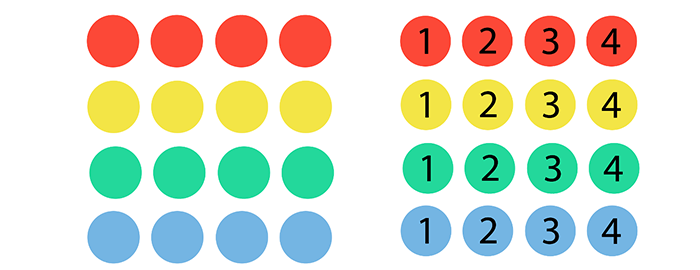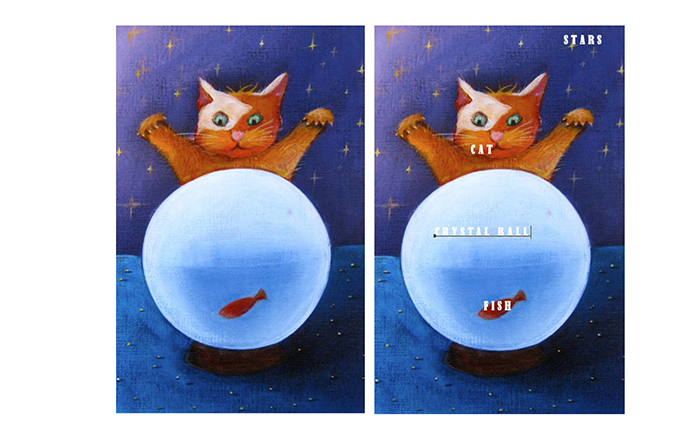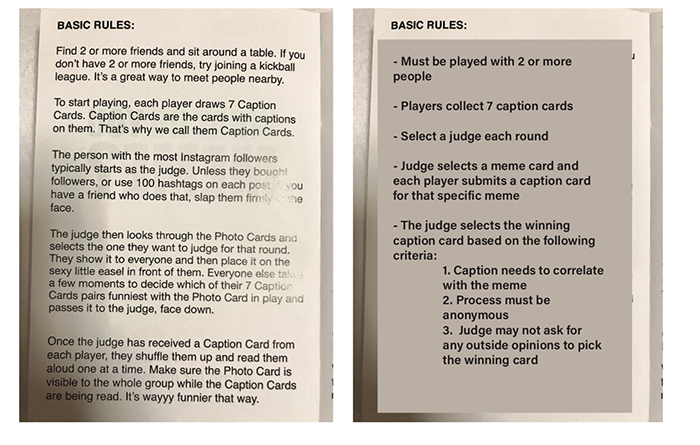CandyLand

Candyland is a game for young children where they work their way across a colorful candy kingdom board. As this game is aimed at young children, this student looked for ways to make the rules easier for children to understand and remember.
Airplane Chess
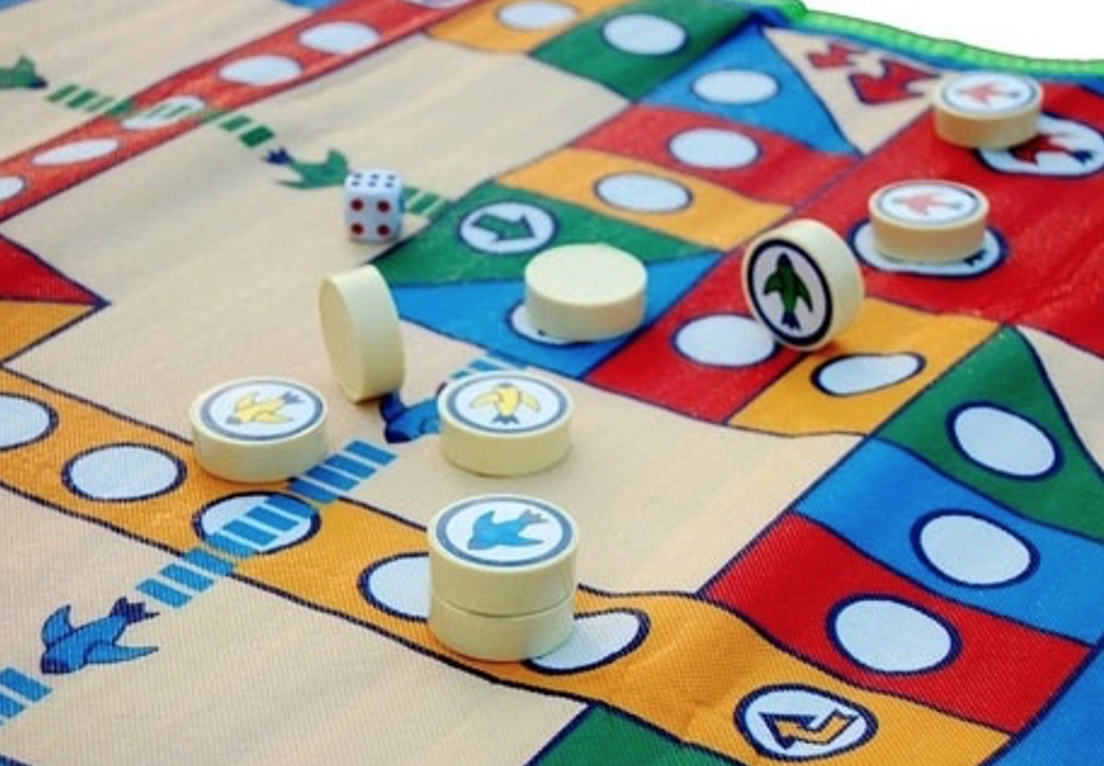
Due in part to its visually complex nature, Airplane Chess also requires significant cognitive load in order to keep track of pieces and the player's score. This student sought to reduce the amount of information each player needs to remember while playing.
Dixit

A whimsicial game of storytelling, Dixit provides cards with imaginative and surreal scenes (see Figure 7) from which players try to guess the storyteller's card. As you don't want everyone to guess your card, Dixit requires a high level of abstract thinking and wordplay. Due to this, and the surreal images on the cards, this student sought to find ways for players overwhelmed by open-ended nature of the gameplay to still participate.
What Do You Meme?
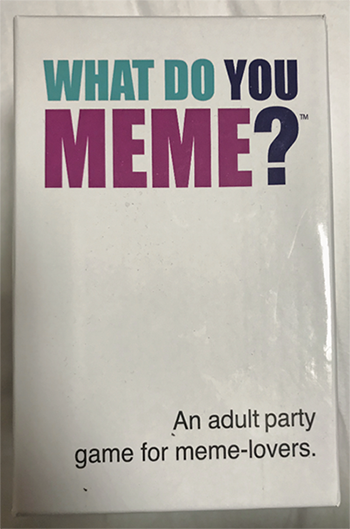
What do you Meme? is a party game of matching text to images. The student noted that although labeled as a party game, the rulebook was often difficult to decipher and this could cause issues while teaching others how to play the game.
 Lens: Visual
Lens: Visual

